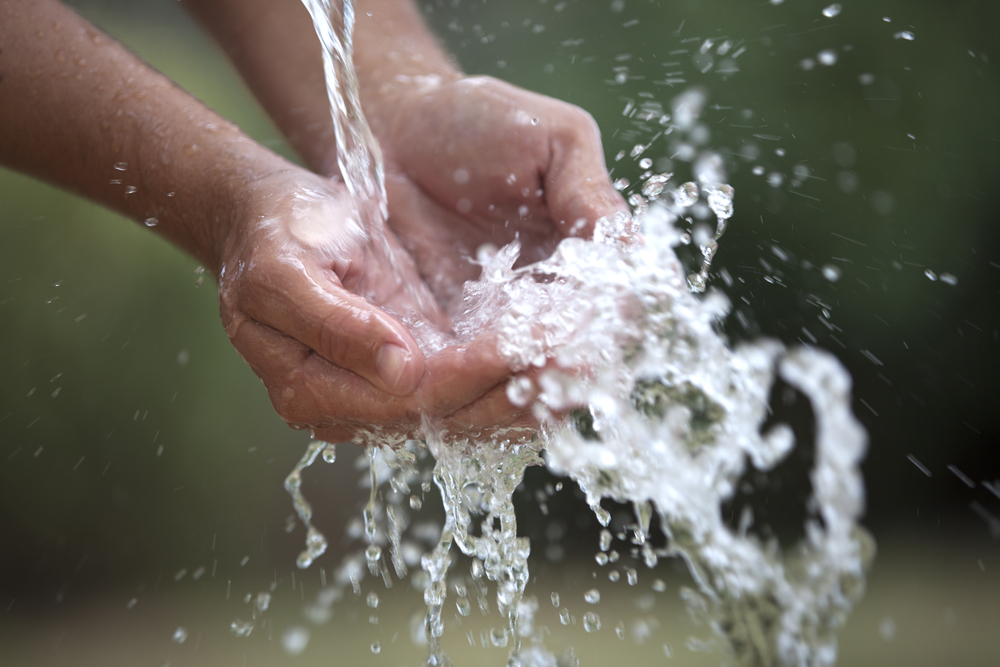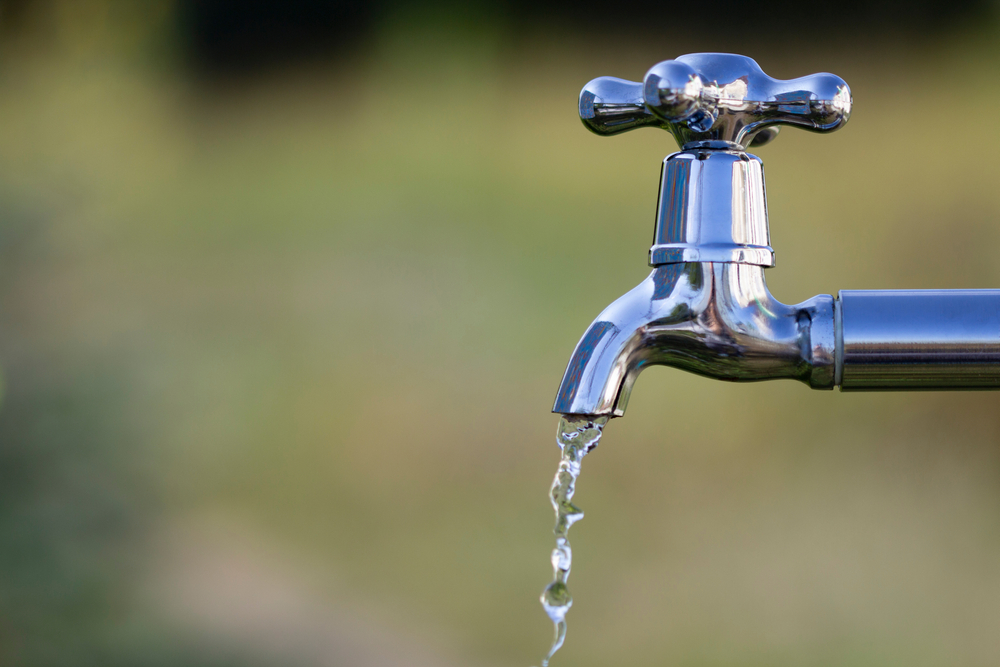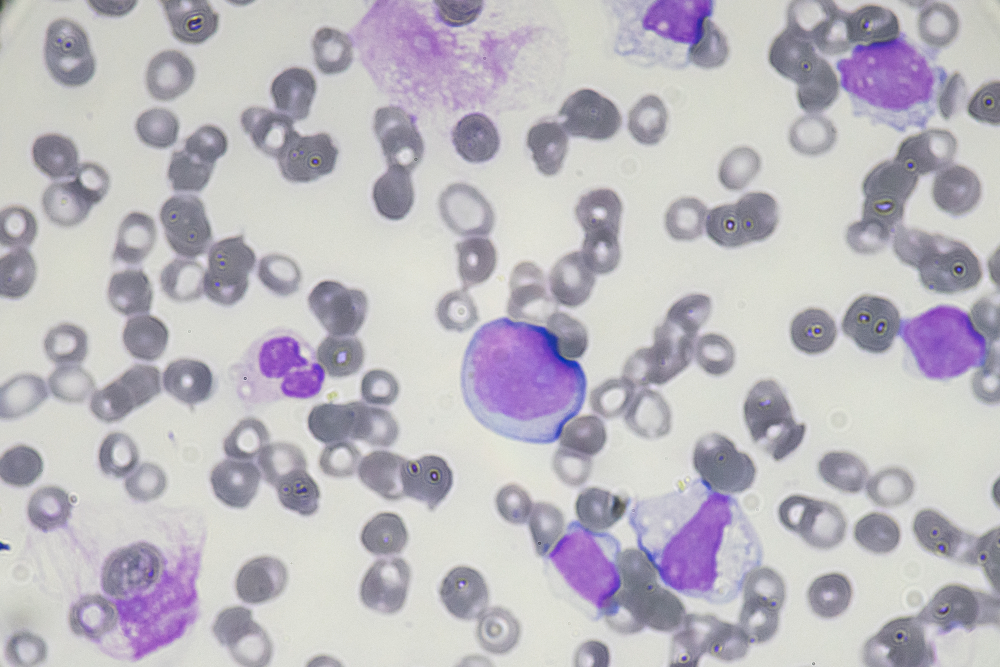What Are States Doing To Help Eliminate PFAS Chemicals
Chances are, if you have cooked, bathed, purchased something, put on makeup, washed your clothes or drank water today, you may have been exposed to low levels of toxic chemicals.
97% of the American population has these chemicals, a group of thousands collectively known as perfluoroalkyl and polyfluoroalkyl substances (PFAS), in their bloodstream. PFAS are known as “forever chemicals” because they don’t break down in the environment. These same chemicals can cause serious and/or life-threatening health problems in humans and animals.

PFAS have been in drinking water sources across the country since they were first commercially released in the 1940s. One recent study found that ground soil, rain and surface water all over the planet are already so contaminated with PFAS that it cannot be reversed without advanced and expensive technology.
Yet despite regulatory standards or outright bans of certain types of PFAS by the European Union and more than 180 other countries, the U.S. has no federal regulation or bans on these harmful substances – and no clear plans to implement them anytime soon.
So individual states have begun taking matters into their own hands via regulation, bans, stricter water quality standards and even lawsuits against polluters.
Why Isn’t There Federal PFAS Regulation?
PFAS were hailed as a miracle upon their release for being non-stick, waterproof, stain-repellent and even fire-resistant. They are useful in a wide variety of industries, including aviation, oil refineries, mining, shipbuilding, and municipal services. One of their most notable uses is in firefighting as a main ingredient in aqueous film-forming foam (AFFF). Once this water-based suppressant foam is mixed with water and released on flames, it creates a film that quickly kills and smothers the fire.
But this foam is far from the only product containing PFAS. They are in thousands of everyday household items like cookware, food packaging, toys, carpets, and plastic products. They are discharged into waterways during industrial processing and found in our blood, breast milk, and even the umbilical cords of newborn infants.
Prolonged exposure to PFAS (e.g., in firefighters or others who work in an industrial environment) has been linked in many studies to a dizzying variety of medical issues, including metabolic disorders, infertility, liver damage, immunocompromisation, thyroid and cholesterol issues, and several types of cancer.
More than 2,800 sites in all 50 states are contaminated by PFAS. This has forced states and local communities to spend millions of dollars on cleanup and safe drinking water.
So why hasn’t the federal government stepped in?
The Toxic Substances Control Act of 1976 was enacted to regulate all chemicals that posed a threat to human health, but PFAS were not included. The companies who originally created them were supposed to inform the Environmental Protection Agency (EPA) of the findings of their own research, which said that the chemicals had terrible health effects. But they kept this information secret for decades after the Act was passed. The Clean Water Act and Clean Air Act, both passed in the 1970s, didn’t catch PFAS either. Because the true severity of these toxins was unknown until after they had polluted basically everywhere, neither law can regulate how much is released into the environment.
“This stuff is toxic at incredibly low levels and it’s persistent – it stays there for hundreds of years in the groundwater, thousands of years,” said Graham Peaslee, a professor and researcher at Notre Dame University who tests products for PFAS in his lab, in an interview with PBS NewsHour.
The 1980 “Superfund” law (CERCLA) created a tax on petroleum and chemical industries and allowed federal authorities to respond directly to releases of substances that may put the public or environment at risk. Billions of dollars were put toward cleaning up abandoned hazardous waste sites, but thousands of others were left out.
In August 2022, the EPA issued a proposal to classify two commonly used PFAS as hazardous substances under CERCLA, along with advisories on their presence in drinking water. If implemented, the new rule would demand increased transparency when releasing these PFAS and hold polluters responsible for cleaning up their contamination. But EPA designations and advisories don’t carry the force of law, so the PFAS remain largely unregulated.
Peaslee said it would realistically take several more decades for the U.S. to get control of PFAS.
U.S. Veterans Poisoned by Decades of PFAS Exposure
The least we can do for our military service members is give them clean water, but toxic contamination found in or around at least 400 active and closed military bases or other installations represents decades of failure in that basic right.
An incalculable number of veterans and their families have fallen sick or even died after living on these bases; base officials knew about much of the contamination and kept quiet. Toxins found in the soil and water besides PFAS included benzene, TCE and PCE, vinyl chloride, lead paint and even jet fuel. Experts estimate that even with ongoing cleanup, total decontamination could take hundreds or thousands of years.
Perhaps the most infamous water contamination crisis in recent history occurred at North Carolina’s Camp Lejeune, where people developed devastating illnesses or adverse health effects after three decades of exposure to PFAS. These include:
- Birth defects/infertility/miscarriages
- Liver and kidney disorders
- Autoimmune diseases
- Cardiovascular problems
- Parkinson’s disease
- Non-Hodgkin’s lymphoma
- At least nine different cancers
In 2022, President Biden signed the Camp Lejeune Justice Act (CLJA), which allows veterans and their family members who lived and worked there for at least 30 days and developed a qualifying illness to file a Camp Lejeune lawsuit against the federal government if their water contamination claim is denied.
While Camp Lejeune lawyers have been filing water contamination claims for those injured while working and living on the base, unfortunately, the CLJA only applies to Camp Lejeune. Because of a controversial legal principle called the Feres Doctrine, the government enjoys sovereign immunity against lawsuits by service members injured on duty at every other contaminated base. And the Veterans’ Administration (VA) still refuses to recognize PFAS-related illnesses as service-connected.
What States Are Doing To Combat PFAS
Since PFAS are not federally regulated, state governments can only await regulations from the EPA. Many of them have stopped waiting and taken action themselves, aiming to replace PFAS in certain products with safer alternatives.
- Maine and Washington state agencies have the authority to ban PFAS in many products
- Eleven states have begun removing PFAS from food packaging
- Five states are restricting PFAS in carpets, rugs and more
- California, Colorado and Maryland are eliminating PFAS from cosmetics
- Eleven states have banned the sale of firefighting foam with PFAS
- Maine became the first state to ban PFAS in all new products except those essential to health and safety that doesn’t have a PFAS-free alternative
Some states have also begun enforcing drinking water standards such as Maximum Contaminant Levels (MCLs). Others have adopted PFAS guidance and notification levels.
Sixteen states have even filed lawsuits against PFAS manufacturers. The state of Minnesota, for example, settled a lawsuit against industrial manufacturer 3M, which produced non-stick chemicals that polluted Twin Cities groundwater, in 2018 for $850 million.
State cleanups are another point of contention. Some want nationwide action to hold polluters accountable, impose widespread PFAS bans and clean up waterways. But industry advocates are against a federal ban, fearing it would threaten other harmless and instrumental chemicals in important products.
Legislators on both sides are frustrated at the lack of federal regulation on PFAS, but getting every state to agree on what those regulations should be is an ongoing challenge with no end in sight.



















